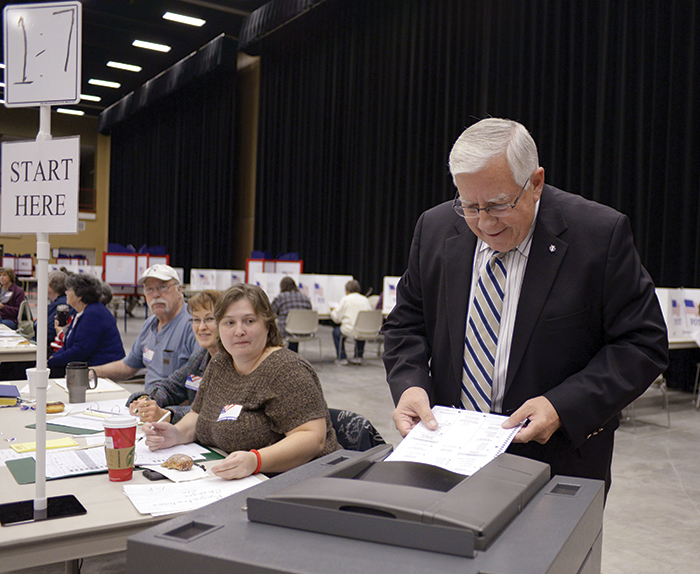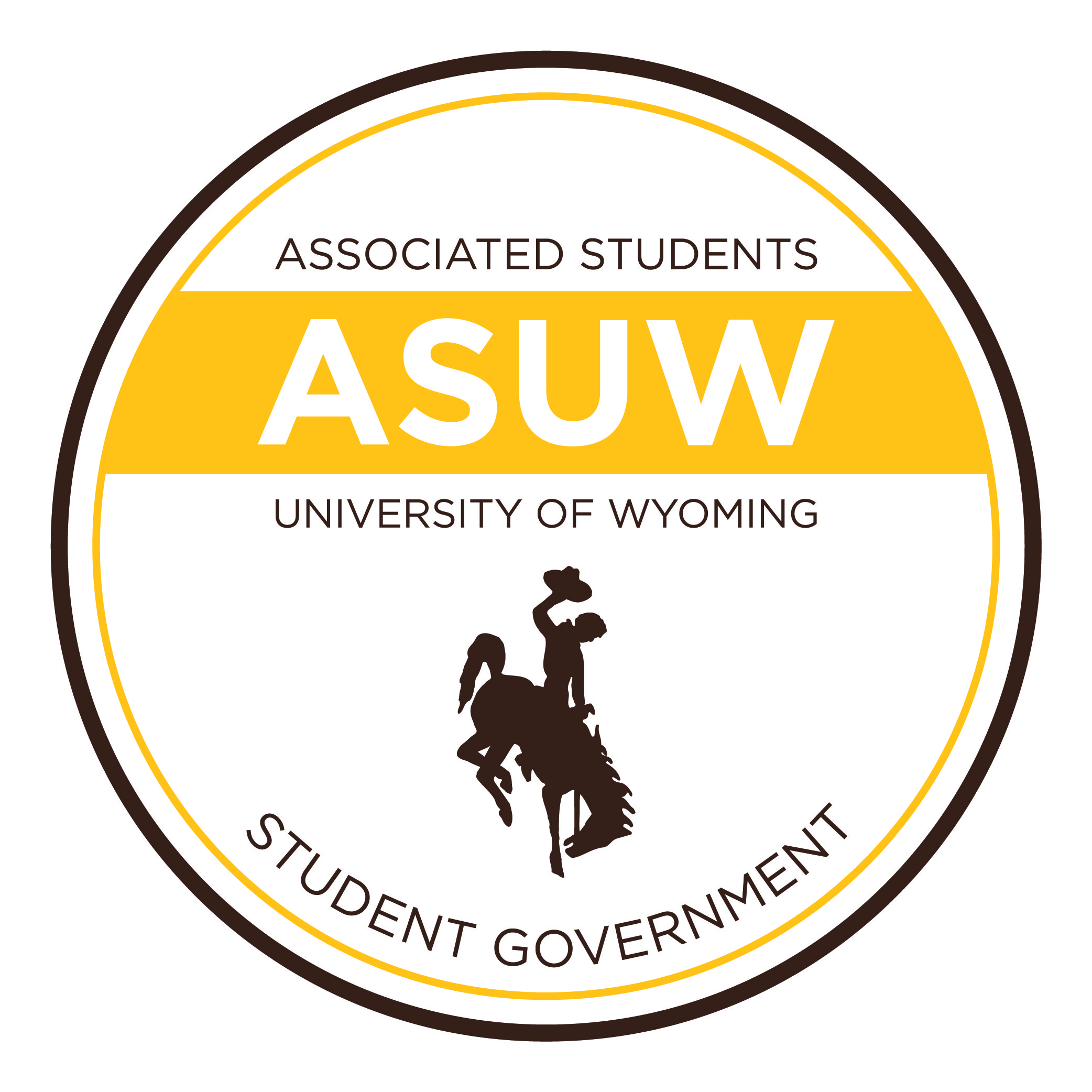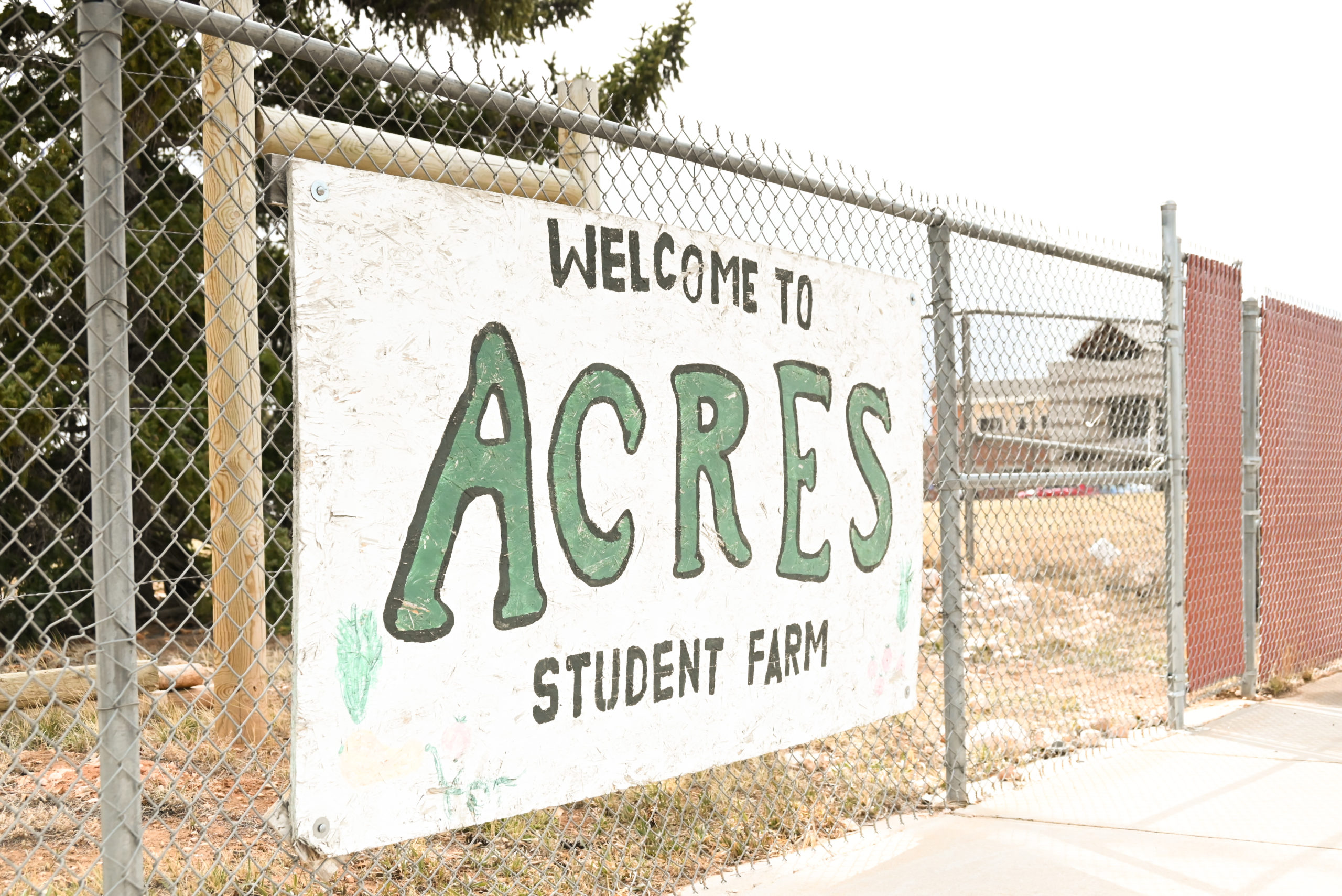
Voter turnout this year was lower in Wyoming than in any other year in recorded state history.
This year, 38 percent of all voters participated, where as, 2010 boasted 46 percent, according to the Secretary of State voter statistics. The data dates back to 1978, with participation higher than 46 percent in every general election.
It is not unusual for involvement to decrease during midterm elections, Tom Duggan, UW graduate assistant for SLCE and Pokes Vote, said.
“People don’t think mid-terms are as important because there is no president on the ballot, but it’s actually more important because people you are electing to senate are going to be there through the next presidency,” Duggan said.
As for the unique circumstance this year, Duggan said there are several factors. Nationally, there might be discouragement about Democratic Party success, as well as statewide, there is a stigma Wyoming will ‘always go red,’ Duggan said.
“It was mostly Democrat voter turnout that was down, not Republican,” he said. “If people are already thinking Republicans are going to win, they might not vote.”
This stigma effects not only Democrat, but also Republican votes, Andrew Server, UW senior and College Republicans president, said.
“Party identification plays a big role in voting, If you’re Republican, there’s a certain degree of apathy of, ‘I don’t need to vote, it’s going to go Republican anyways so why vote?’” Server said. “And then Democrats are often like, ‘What’s the point?’”
It is crucial not to generalize reasons for low voter turnout, Andrew Garner, UW political science professor, said. Although it is complex, he noted mobilization of candidates – knocking on doors and meeting voters face-to-face – can play a significant role in voter turnout.
Contrary to statewide data, voter participation in some Wyoming house and senate districts increased, Garner said. This could be linked to candidates’ efforts to mobilize within their district, he said, adding candidates often avoid universities.
“Students vote at much lower rates compared to other citizens,” Garner said. “That is one reason why parties and candidates do not spend as much time on college campuses trying to get supporters to the polls as they do in residential neighborhoods.”
With students constituting roughly half of the Laramie population, their votes could easily sway election results, Server said. However, Duggan noted student voter age participation is lowest in Wyoming; adding people do not always make the connection of their one vote echoing effects in Congress and in return, effecting their livelihoods in Wyoming.
“If more UW students voted it would probably obviously be left leaning because a lot of college students are liberal-esque,” Server said. “It would have an effect maybe county and statewide, but I’m not sure about national.”
Every vote does appears to matter on a local level, Bryce Mittelstadt, Pokes Vote student coordinator, said, noting many of the candidates running for positions in Albany County were decided with a mere 50 to 100 votes.
Cylie Erickson, a UW freshman majoring in international studies, said she voted in order to exercise her right to do so.
“I chose to vote because I believe that every voice counts,” she said. “I always thought it’s very important to vote if you have that right, and people have fought for me to have that right, so I’m going to continue to vote because that’s my job.”
Alex Malone, a UW sophomore majoring in geology and earth sciences, did not echo Erickson’s perspective. He said he did not vote, adding that he is originally from Nebraska and has not changed residency. Had this election been major, like a presidential election, he said he might have voted absentee.
He lent his reasons for not voting this year in Wyoming to being uninformed.
“If I knew the reasons or what was actually going on in the political world of Wyoming that would have pressured me more to vote, but since I was uninformed, I didn’t,” Malone said.
Voting as college students is difficult, as well, Malone said, adding people are often unaware or simply have a lack of time.
“As college kids who don’t have a lot of time on our hands, we won’t sit down and take the time to actually go some place to vote,” he said. “I also never heard anything about locations of where to go vote for different residents.”
Pokes Vote is a UW initiative to educate students on voting, and Duggan said prior to and on voting day members guided students as to where they could exercise their right to vote.
At the Election Day Pokes Vote student party, Duggan said at least a hundred UW students learned about Albany County elections.
“I think we got the word out to a lot of students,” he said. “I think it was a success.”



